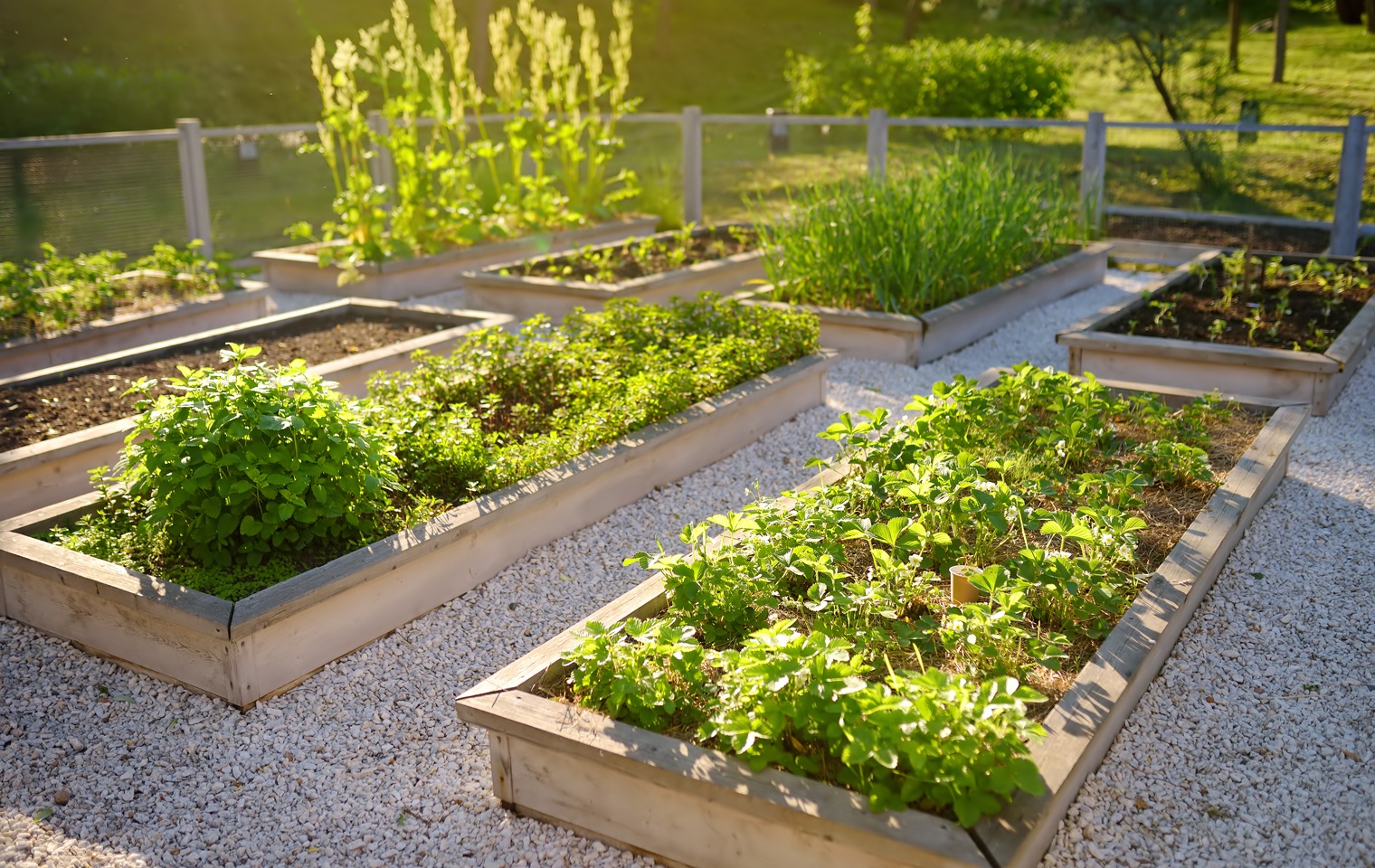The Kitchen Garden
All around the world, more and more urban households are turning their gardens into “food gardens” or edible landscapes. This practice is now commonly referred to as foodscaping and no matter the size of your garden, you too can join the revolution!
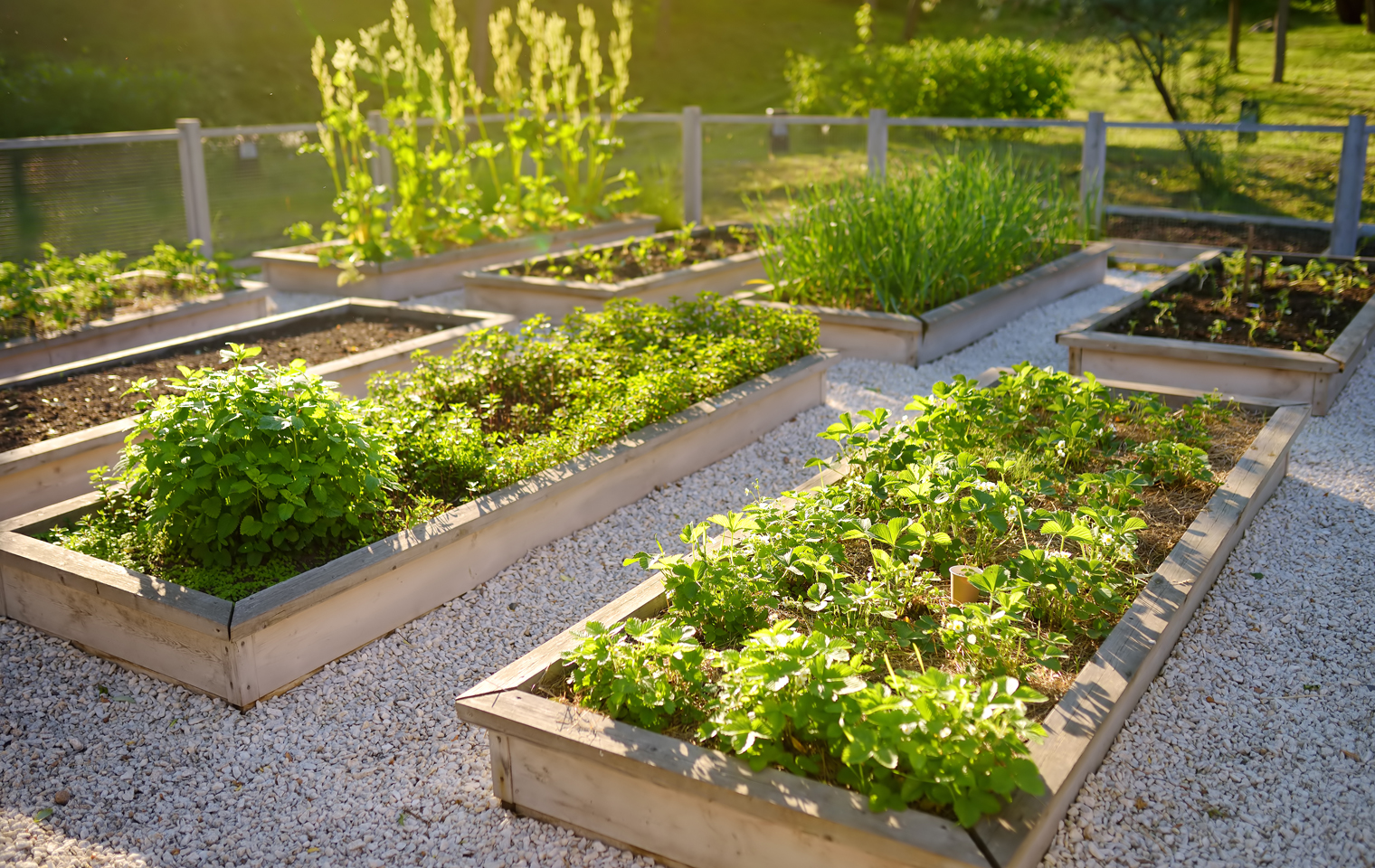
Foodscaping is simply the practice of integrating edible plants into garden landscapes. It goes way beyond vegetable gardening in that it uses edible plants not only for consumption purposes, but also for their aesthetic and ornamental qualities, as well as for a number of landscaping functions, including for hedges, borders, shade and groundcover as a substitute for lawns.
The practice of foodscaping has become popular for several reasons. These include negating the volatility of food prices, increasing environmental sustainability, and of course, the desire to eat fresh, organic produce, with a high nutritious content and no chemical additives.
The idea is to eventually replace most of your non-edible plants with edibles, with a few ornamentals scattered between, if there are some non-edibles you simply can’t do without! Your foodscape designs can incorporate vegetables, herbs, edible flowers, fruit trees and berry bushes.
Begin with proper planning
The first step is to plan your landscape according to your needs, resources, soil quality and the area you live in. You may want to start small and then gradually expand your edible garden - or perhaps you are the kind of person who likes to get stuck in and tackle the entire project at once.
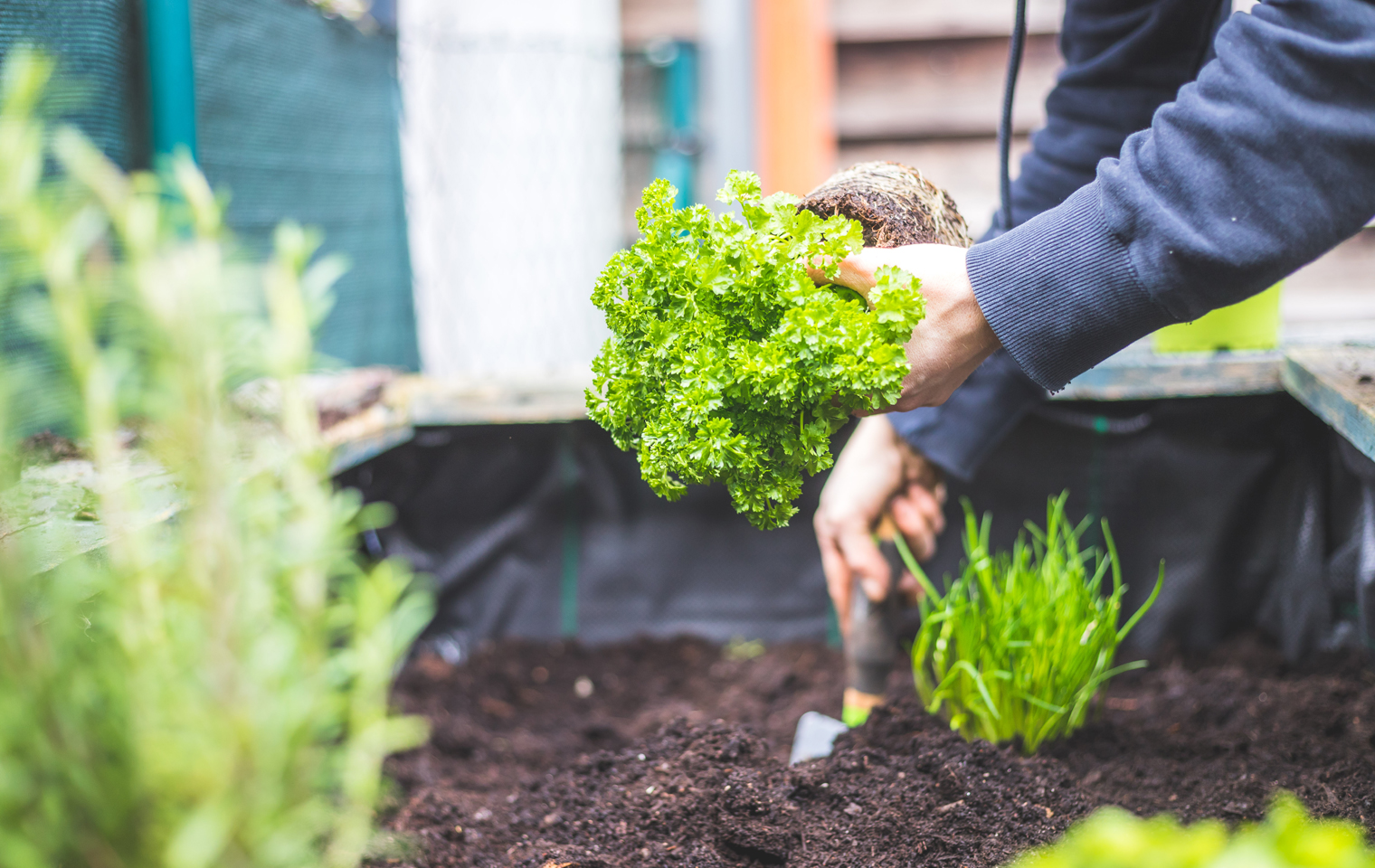
A big factor to consider with your planning is sunlight. Most edibles need good sunlight to grow properly, but as a general rule, you need to make sure roots and fruits get full sun, while leafy greens will benefit from some shade.
Look at your beds, borders, hedges and lawn and start to plan what can be replaced with edibles.
Lawn can be replaced with a variety of edible ground covers and low growing plants, including creeping thyme and oregano, marjoram, French sorrel, Alpine strawberries, nasturtiums and many others. Some of these, such as oregano and marjoram can withstand some foot traffic and can even be mowed down when they grow too high. Best though, is to strategically place paving stones, wood “slices” or any other material you like to make pathways through your garden, so that the lawn won’t be missed.
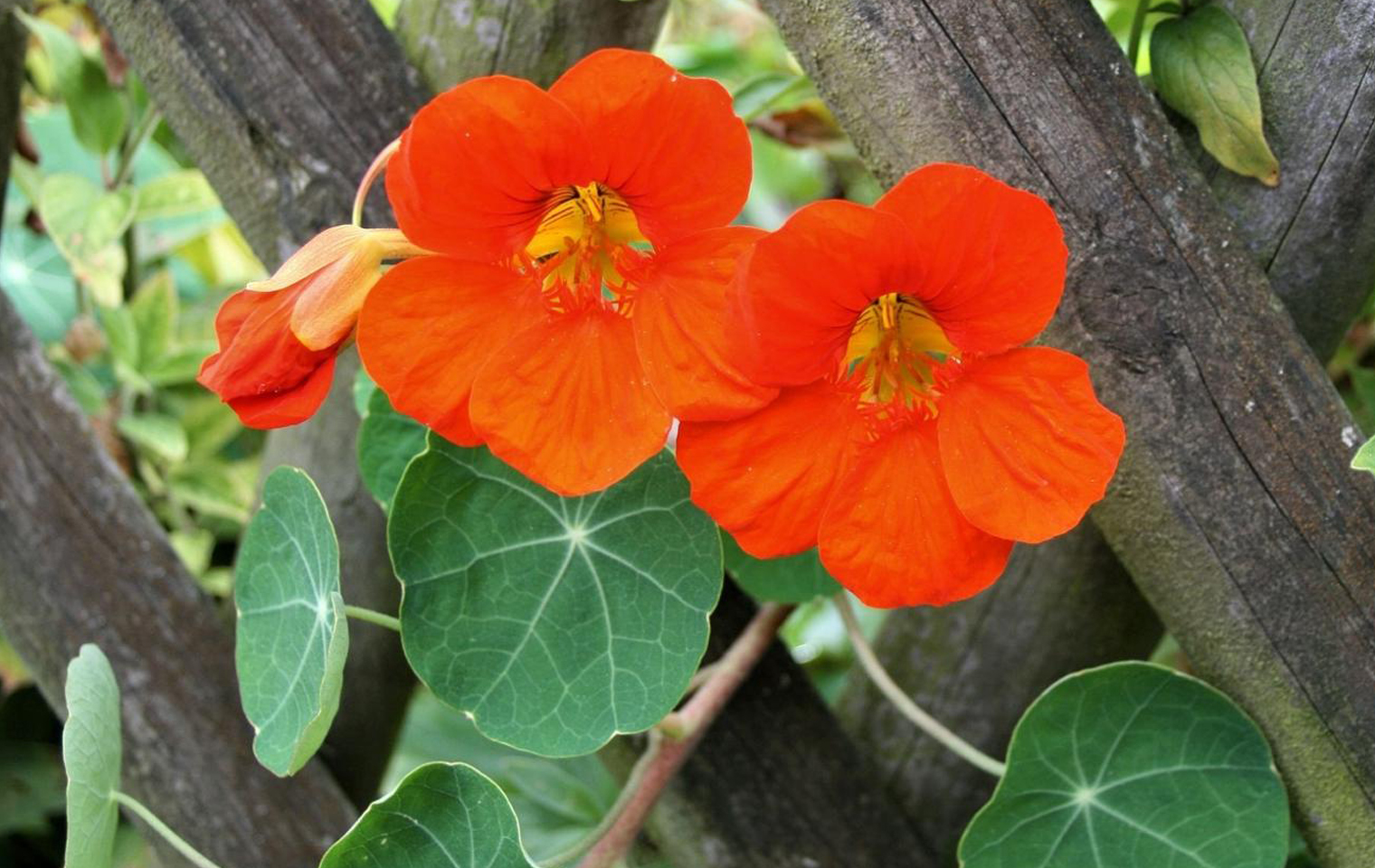
Meadow style flower beds can be inter-planted with fennel and asparagus, which makes the area look like a mini-forest when established.
Borders and hedging can be replaced with berry bushes, herbs like lavender and rosemary, which can be trimmed neatly into shape. Large open areas can be planted with big plants like artichoke plants, as well as the veggies that take up a lot of space, like cucumbers, watermelons and squashes.
Edible flowers, lettuces, radishes, herbs, leafy greens and cabbages become ornamental as well as functional when planted in beds.
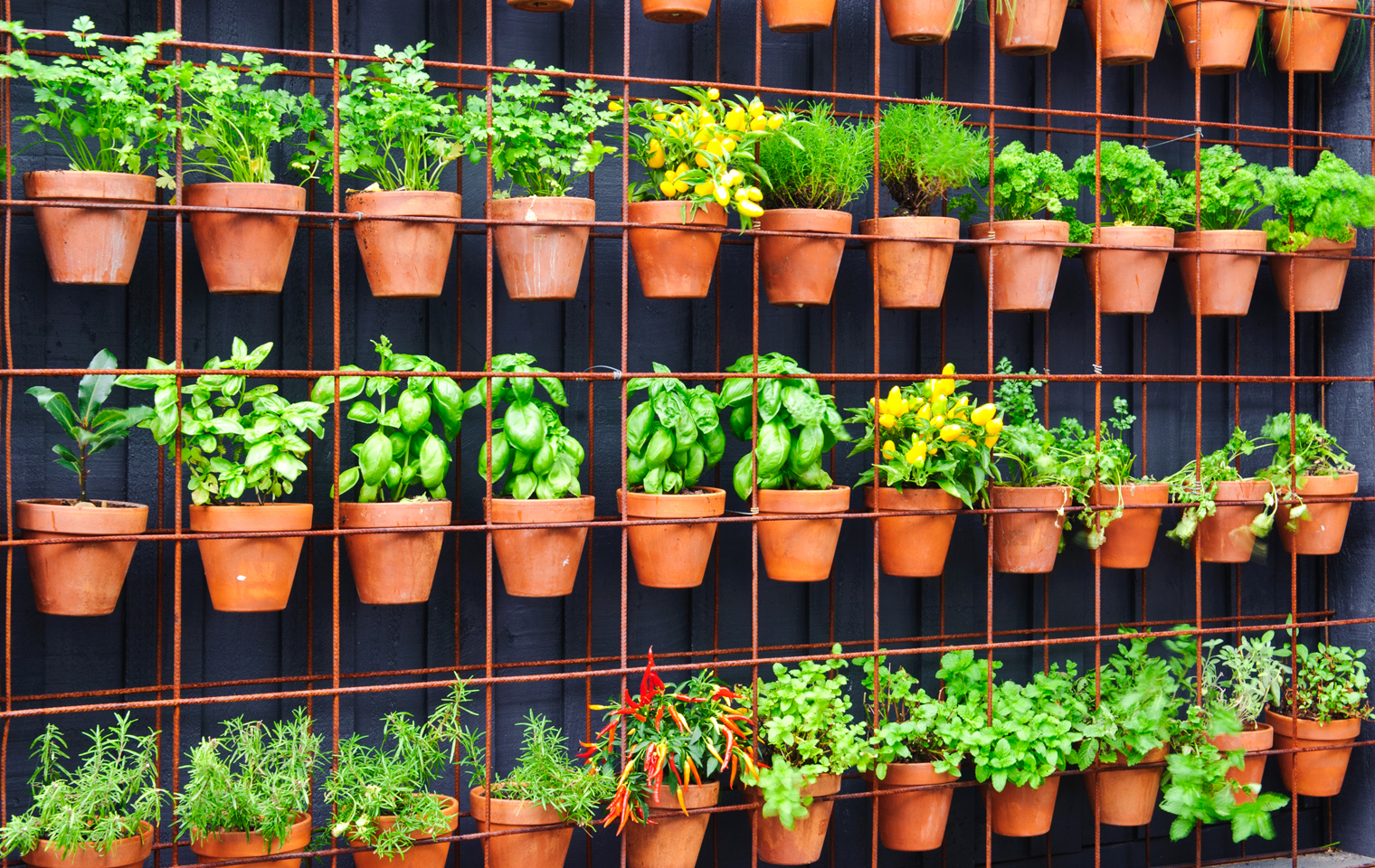
For screening and shade purposes, replace the messy Bougainvillea with granadilla, climbing tomatoes, squashes, beans and other hardy climbers that can be trained. To add contrasting heights and depth to your foodscaping plan, you can use raised container beds, growing poles and A-frames in strategic places too.
The trick is to look at every area of your garden and the functionality of the plants contained within the area, and then ask yourself what you can replace it with that will function in the same way, while also being edible!
Preparing the soil
Once you have a plan in place and you are ready to start planting, it’s important that you understand your soil. Soil is obviously important for flowers and shrubs, but when it comes to growing food, it becomes even more crucial as nutrients, growth and prolific fruiting all rely on the quality of the soil.
First, check the structure – if it’s loose and sandy, it won’t retain water or nutrients, so you need to add a lot of manure, compost and other organic materials to make it more loam like. If it’s too clay-like, it won’t allow enough air to flow through and you should add plenty of bark, sawdust, manure, compost and peat moss to improve the air flow.
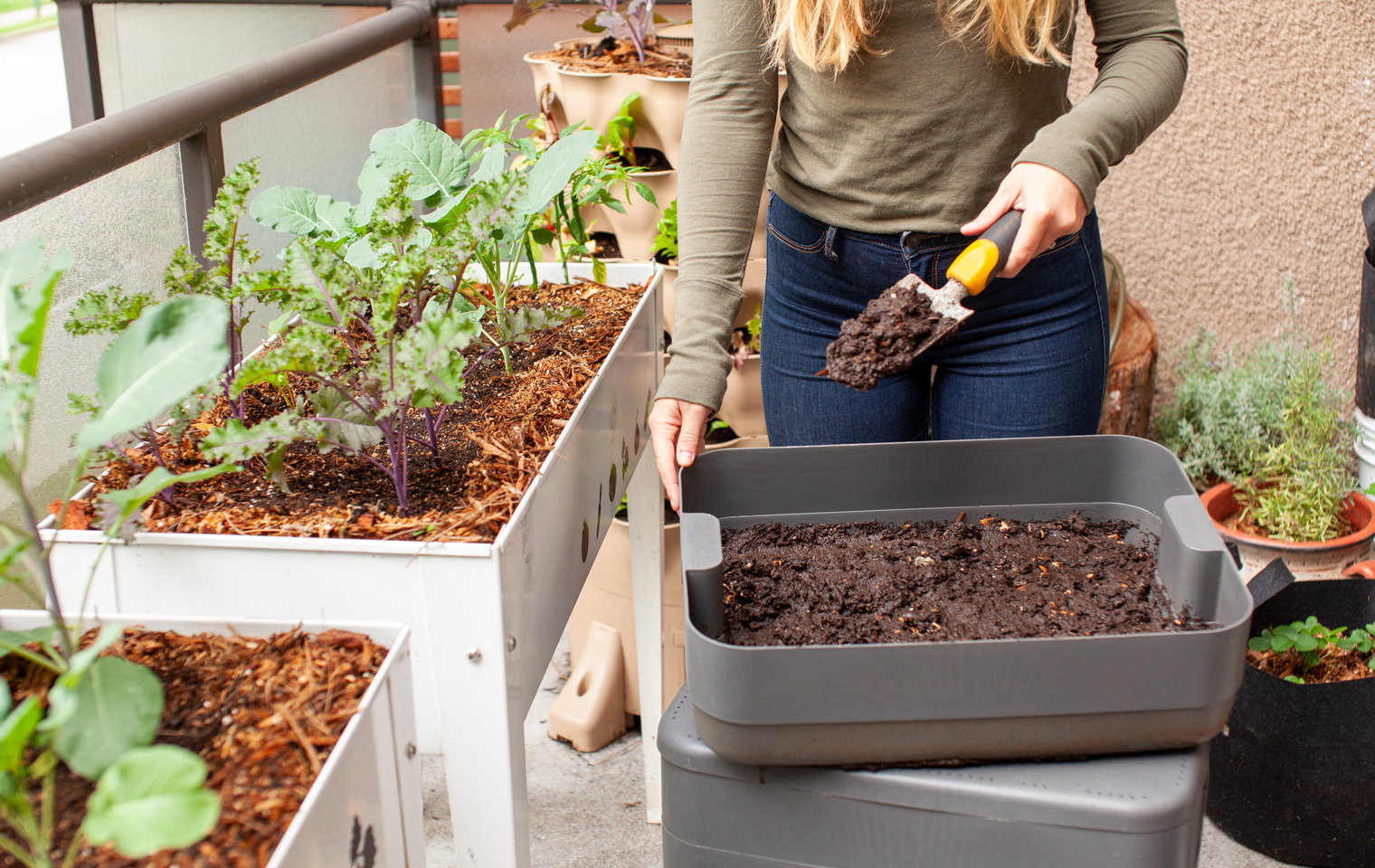
Then consider the nutrients you might need to add. The important micronutrients are potassium, phosphorous and nitrogen. Nitrogen promotes healthy vigorous leaf growth, phosphorous ensures strong root growth, as well as the development of flowers, buds and fruits, and potassium is responsible for cell development and disease resistance.
Before you start planting, add your nutrients, manure, compost and other materials, as well as good quality fertilisers, working everything in and giving it a few days to settle before you embark on your planting mission.
Harvesting is best done in the morning before the midday heat, or in the early evening when it has cooled down again.
Which plants do you choose?
We have already touched on which types of edibles can fulfil which functions in your garden. Next, you will need to consider what your family enjoys eating, what grows well in your area, the space you have available and the amount of time or resources you have to dedicate to your food garden.
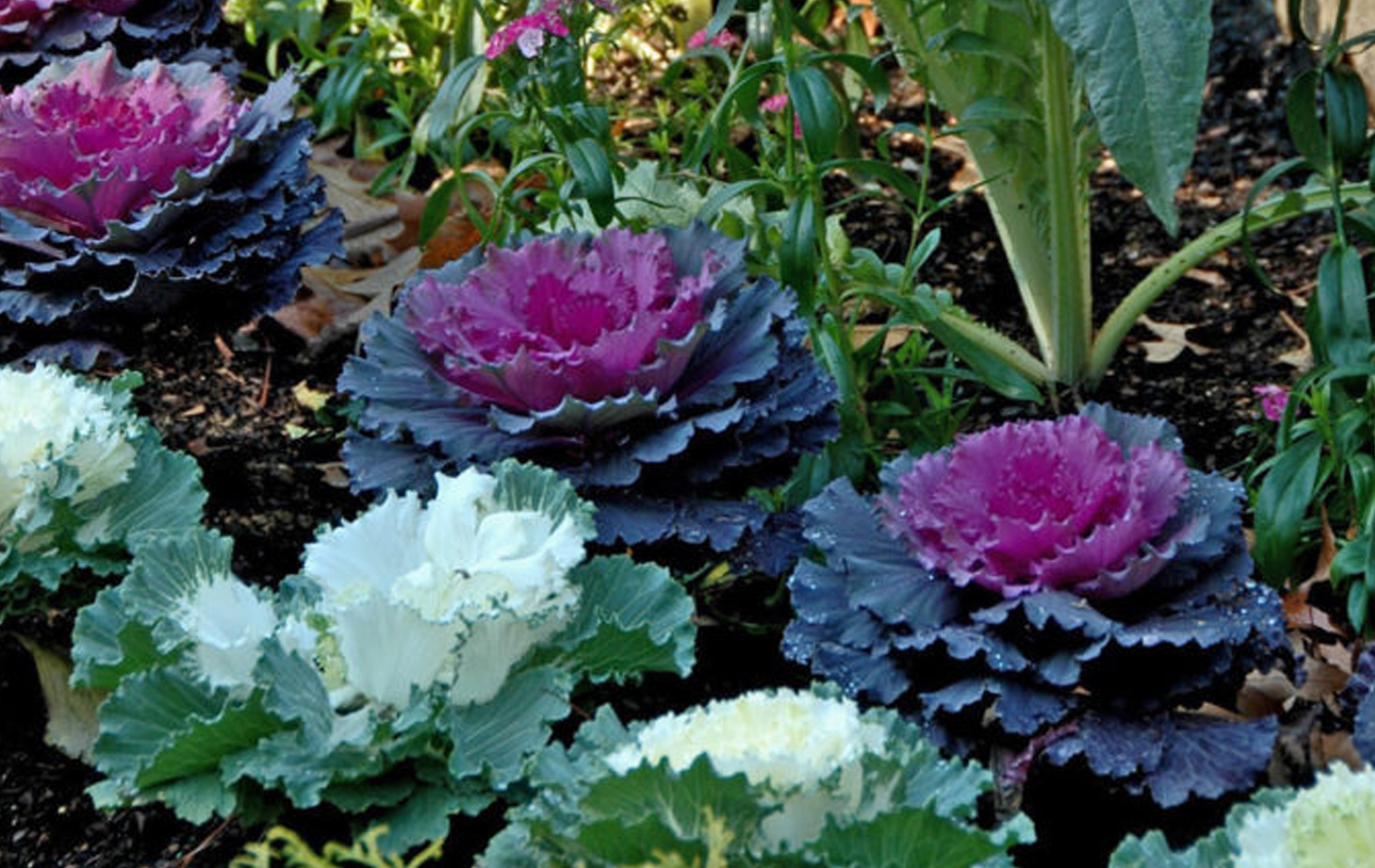
Make a list of the fresh foods and preserves you tend to buy – remember, you can use your produce for drying, making jams, sauces and pickles too! Then consider the season and which plants can go into the ground at the time you are planting. You don’t have to plant everything at once. In fact, you should consider succession planting, so that you constantly have supply of your favourite edibles.
Make a list of the fresh foods and preserves you tend to buy – remember, you can use your produce for drying, making jams, sauces
and pickles too!
There are many edibles which can add magnificent colour to foodscaping spaces. Swiss chard, red cabbage, artichokes, carnations, pansies, cornflowers, Alpine strawberries, chives, rhubarb and beetroot are just some with vibrant colours.
Lemon, plum, fig, cherry and apple trees can serve as edible alternatives for ornamental trees, while blueberry, elderberry and gooseberry plants can substitute roses and hydrangeas.
For your Consideration
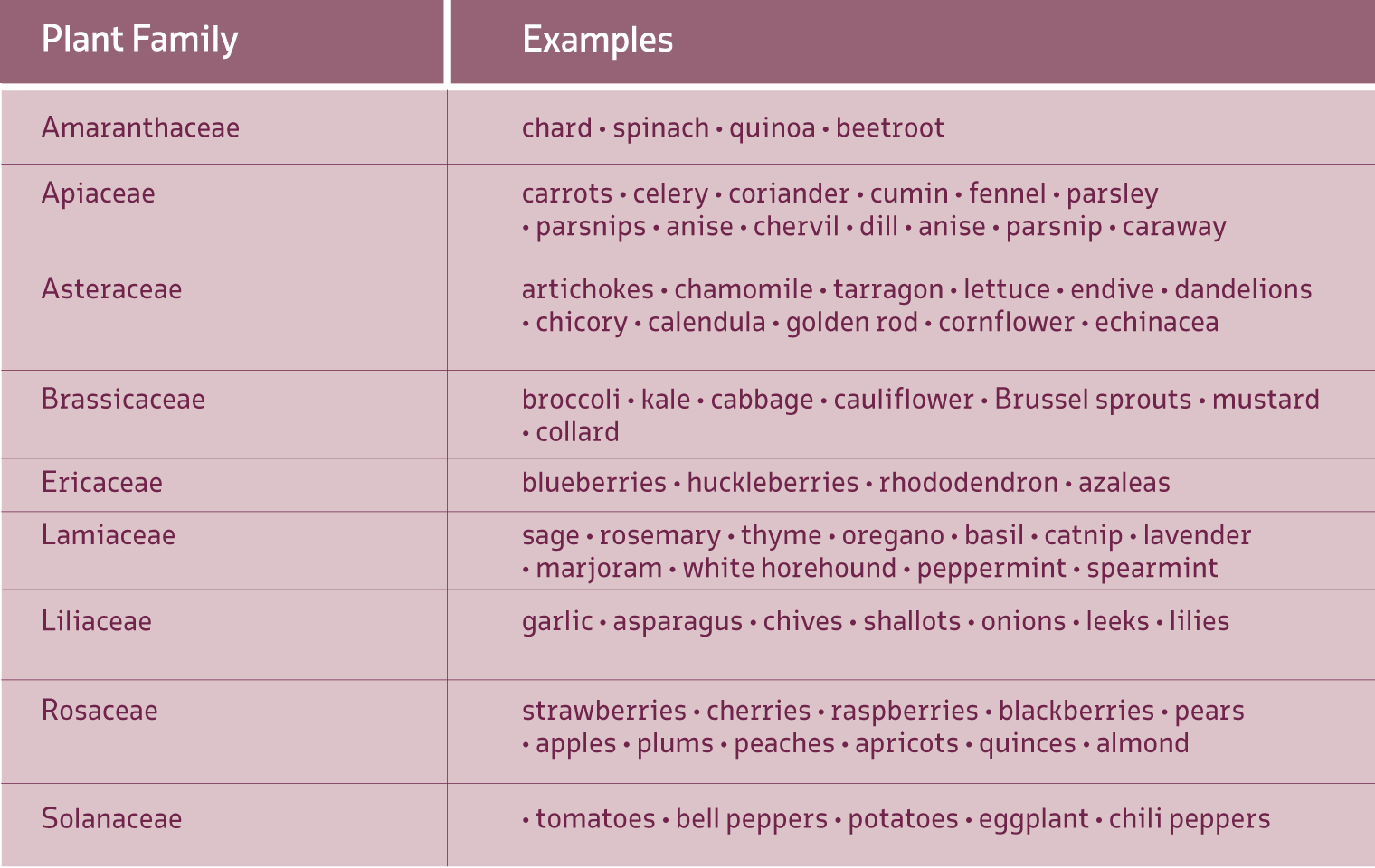
Harvesting your food
Your herbs, vegetables, flowers and fruits will all ripen at different times. If you have the luxury of spending a lot of time in your garden, you will soon learn exactly which signs to look out for and when to harvest which food. It is important that certain foods are harvested when they are ready, as they will not only mess with your aesthetics, but could also attract unwanted pests, including rats.
This modern trend is ancient
Foodscaping may be a new trend in modern times, but the integration of edible plants into landscaping spaces is not new. These practices actually date back to ancient times.
In Ancient Rome, diets were largely based on fruits and vegetables and Roman villa gardens were comprised of vegetable gardens, vineyards and orchards. In Mesoamerican culture, groves, orchards, and water gardens were incorporated into garden designs, while Babylonians and Assyrians created gardens in palace courtyards and throughout cities with junipers, almonds, dates, rosewood and quince. During the Renaissance era, villa and chateau gardens in Europe were abundant with fruit and vegetables, which were sold locally and the profits used to maintain the villas’ upkeep. These garden designs included figs, pears, apples, strawberries, cabbage, leeks, onions and peas.
Ongoing maintenance
Depending on the scale, foodscaping is likely to need more time and labour that a “regular” garden. This will include more watering, feeding, pruning, harvesting and pest control. You can of course lessen the maintenance requirements by choosing plant species suited to your location and climate, as well as by grouping plants together according to their watering needs.
Yes, foodscaping is a lot of work – nobody can deny that. But it is also incredible rewarding and fulfilling and in the long run, is likely to save you a lot of money. Imagine never having to buy fresh produce again! A foodscaping project will also be a great way to teach your children about food production, sustainability and gardening, as well as life skills like planning and commitment – all in one go!


